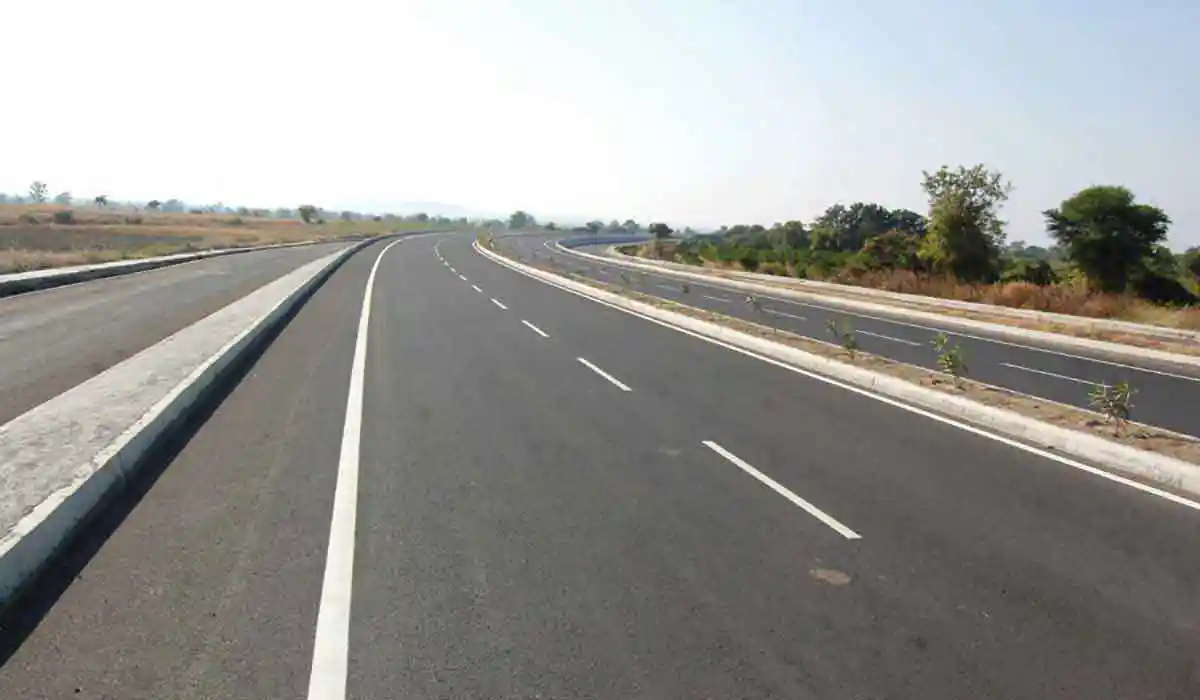Brickwork Ratings: Tweaking of Hybrid Annuity Model (HAM) a Positive for Roads Sector

According to Vipula Sharma, Director – Ratings, Brickwork Ratings, with the recent tweaking in the HAM model, the share of the projects awarded under HAM model is expected to increase. “Overall, there should be a robust mix of projects awarded under HAM and EPC model to enable the pace as foreseen by the Government. Also, budgetary focus on infrastructure is a step in the right direction to accelerate investments in the road sector which has a multiplier effect on several sectors like construction equipment, steel, cement and among others,” he said.
The Government had announced the following modifications in the HAM concession agreement in November 2020:
- Linking of interest rates to average MCLR of top 5 banks instead of Bank rates will offset the interest rate risk. This is expected to generate better stability of cash flows, which will lead to lower volatility in DSCR and will also safeguard the return of the developers.
- The revision in the lock-in period to sell 100% equity post Commercial Operation Date (COD) from 2 years to 6 months is expected to deleverage the balance sheet and free up the equity earlier, which will lead to increase in the investments in the road sector.
- The increase in the number of payment milestones to 10 installments of 4% each as against 5 installments of 8% each will enable the developers to improve working capital cycle and may postpone the availment of the debt.
Developers have been facing difficulty in achieving financial closure due to various reasons like aggressive bidding, stressed balance sheet with their portfolios already burdened with existing/delayed HAM projects, low equity commitment on their part, and selective lending by banks in infrastructure projects, among others. The developers also faced the interest risk associated with the HAM model as the interest income on annuity, which forms a sizable portion of the cash flows during the concession period, was linked with Bank rate. The reduction in the bank rate leading to lower than envisaged interest income on annuity has impacted its debt coverage metrics owing to nonlinear transmission of change in bank rates to lending rates.
Therefore, the awarding of the projects under HAM, which peaked at around ~40% in 2017-18, has drastically dropped to less than 10% in 2019-20 and EPC mode remained the preferred mode of awarding the projects. Hence, the government made certain modifications in the HAM model like linking of interest rates to MCLR, revision of lock in period, and increase in number of payment milestones to overcome the challenges in the model.
Besides, the focused budget for the infrastructure sector which announced a sharp increase of ~28% over FY21 BE in the total outlay of around ~Rs.1.18 lakhs crores on the road and highways is expected to provide a significant boost to the infrastructure sector, which will accelerate the economic growth.
NHAI had aimed to construct 4500 kms of highways in FY19-20, out of which, NHAI has almost accomplished ~88% of its construction target i.e. 3979 km (the highest achievement so far).













